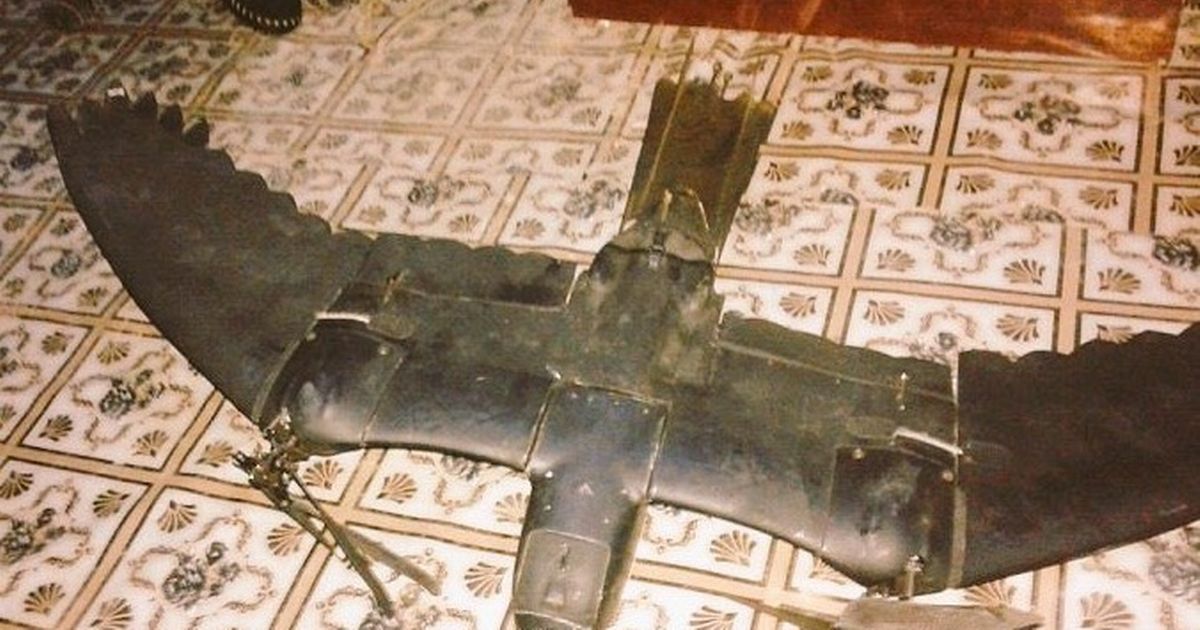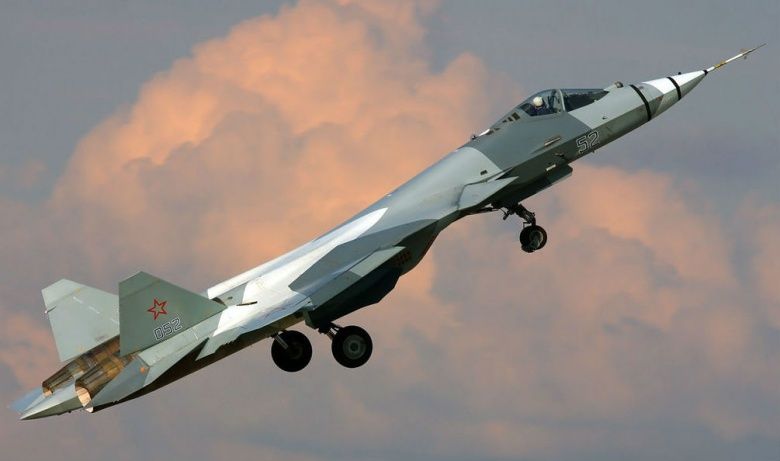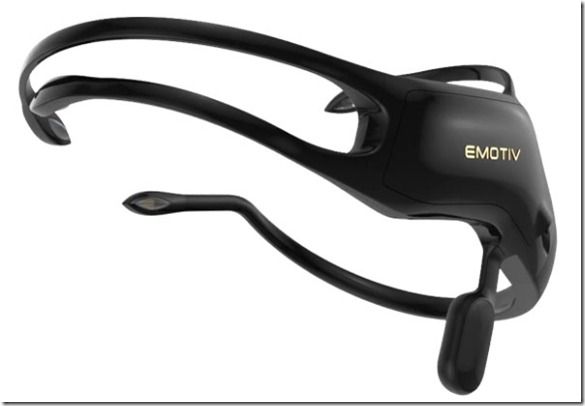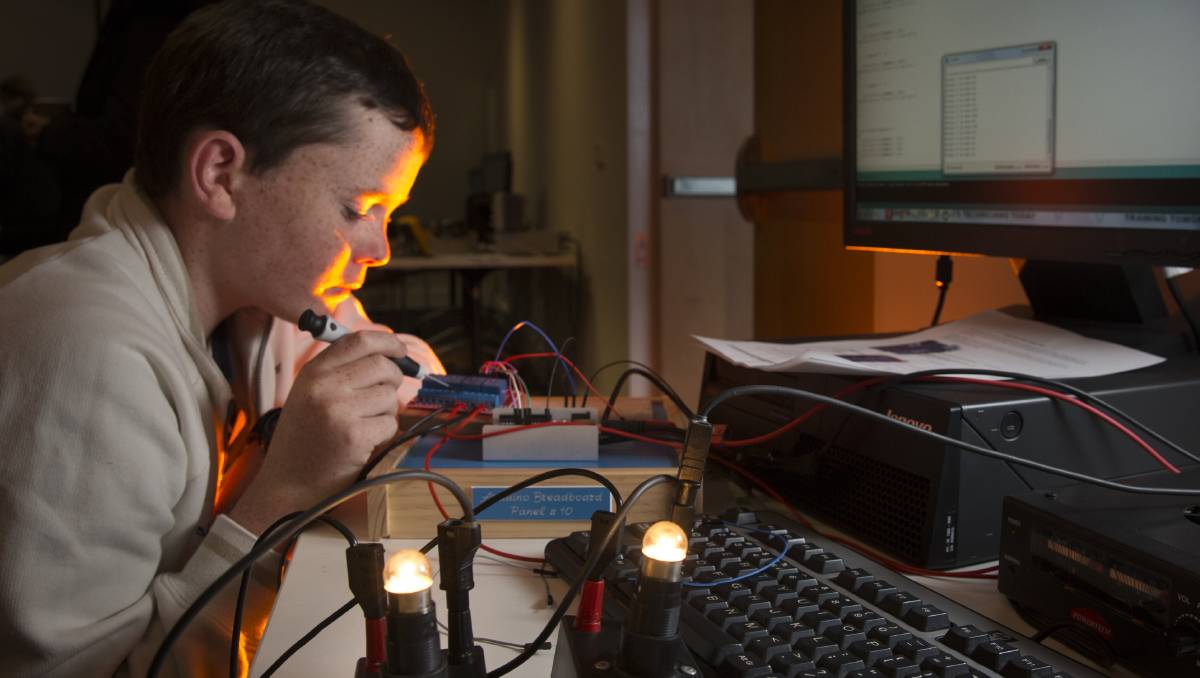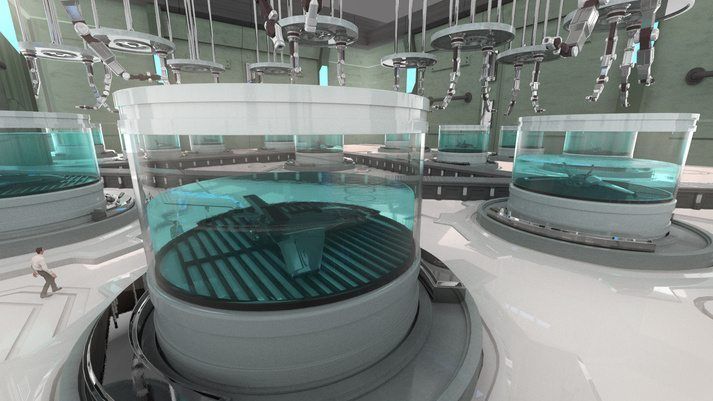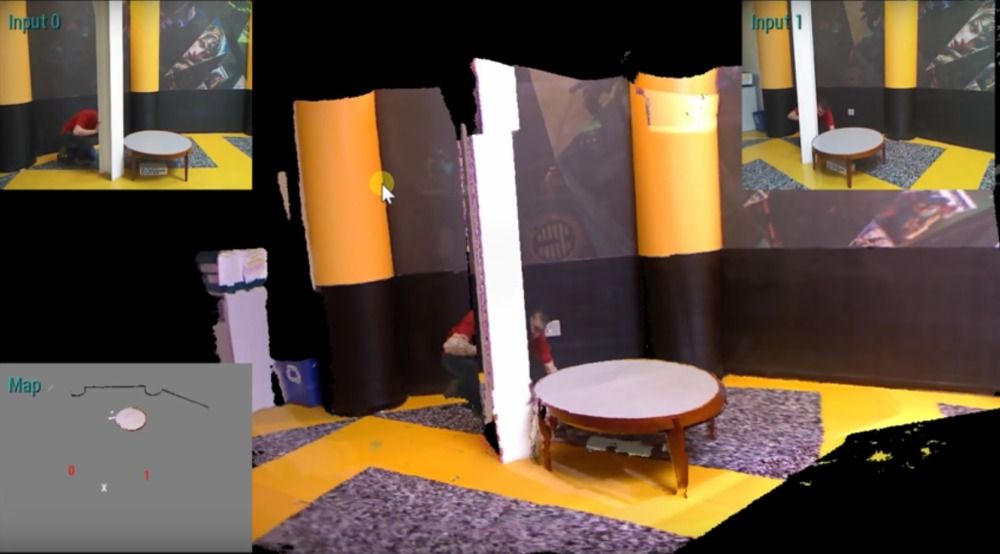SpaceX has successfully landed another Falcon 9 rocket after launching the vehicle into space this evening from Cape Canaveral, Florida. Shortly after takeoff, the vehicle touched down at SpaceX’s Landing Complex 1 — a ground-based landing site that the company leases at the Cape. It marks the second time SpaceX has pulled off this type of ground landing, and the fifth time SpaceX has recovered one of its rockets post-launch. The feat was accomplished a few minutes before the rocket’s second stage successfully put the company’s Dragon spacecraft into orbit, where it will rendezvous with the International Space Station later this week.
It’s also the first time this year SpaceX has attempted to land one of its rockets on land. For the past six launches, each rocket has tried landing on an autonomous drone ship floating in the ocean. That’s because drone ship landings require a lot less fuel to execute than ground landings (something we explain here). If a rocket has to accelerate super fast during launch — such as those going to high orbits or ones carrying heavy payloads — it uses up a lot of fuel during the initial takeoff. That leaves less fuel for the rocket to land back on Earth, which means a drone ship landing is sometimes the only option. But for this launch, the mission requirements allowed for a successful landing on ground.

